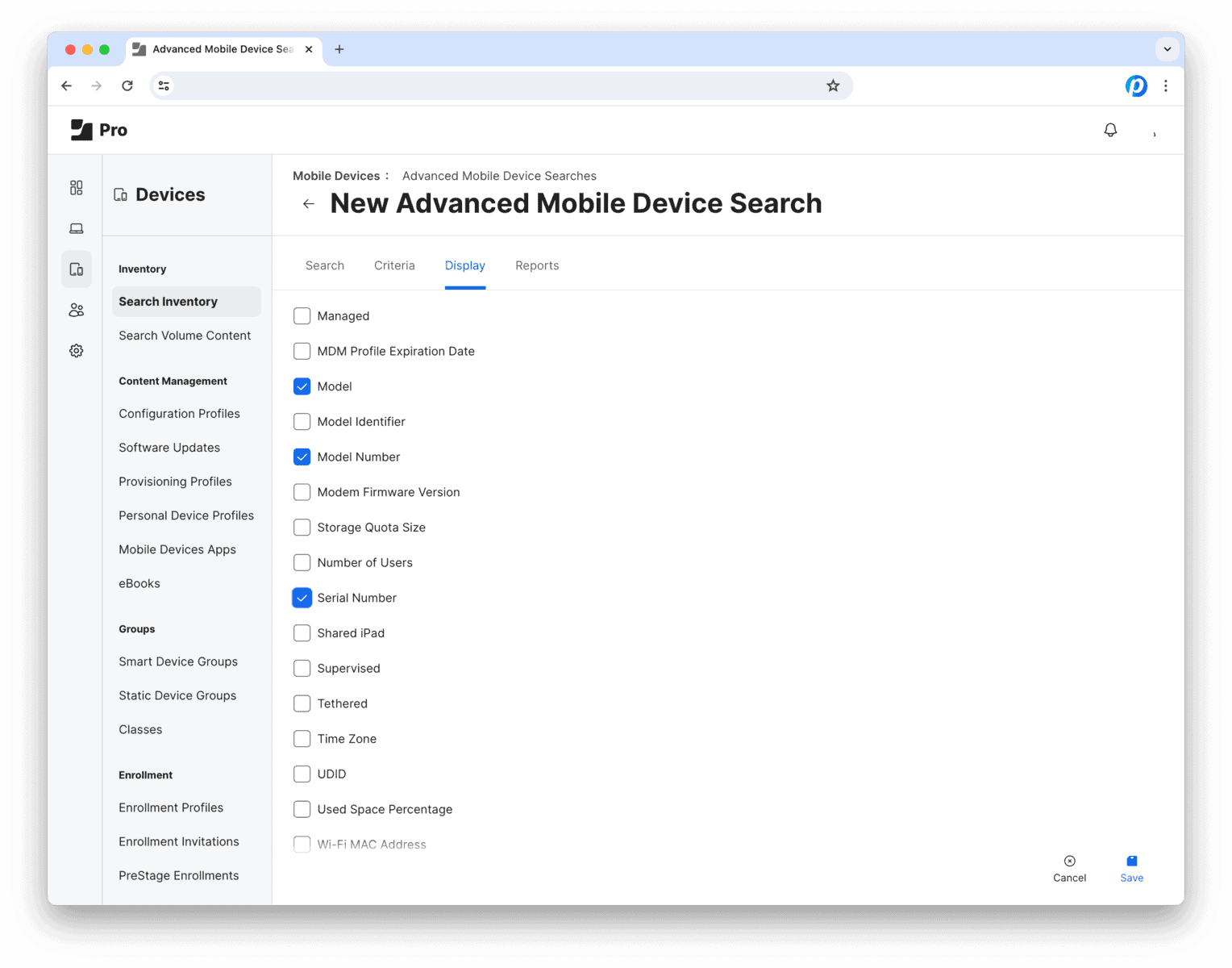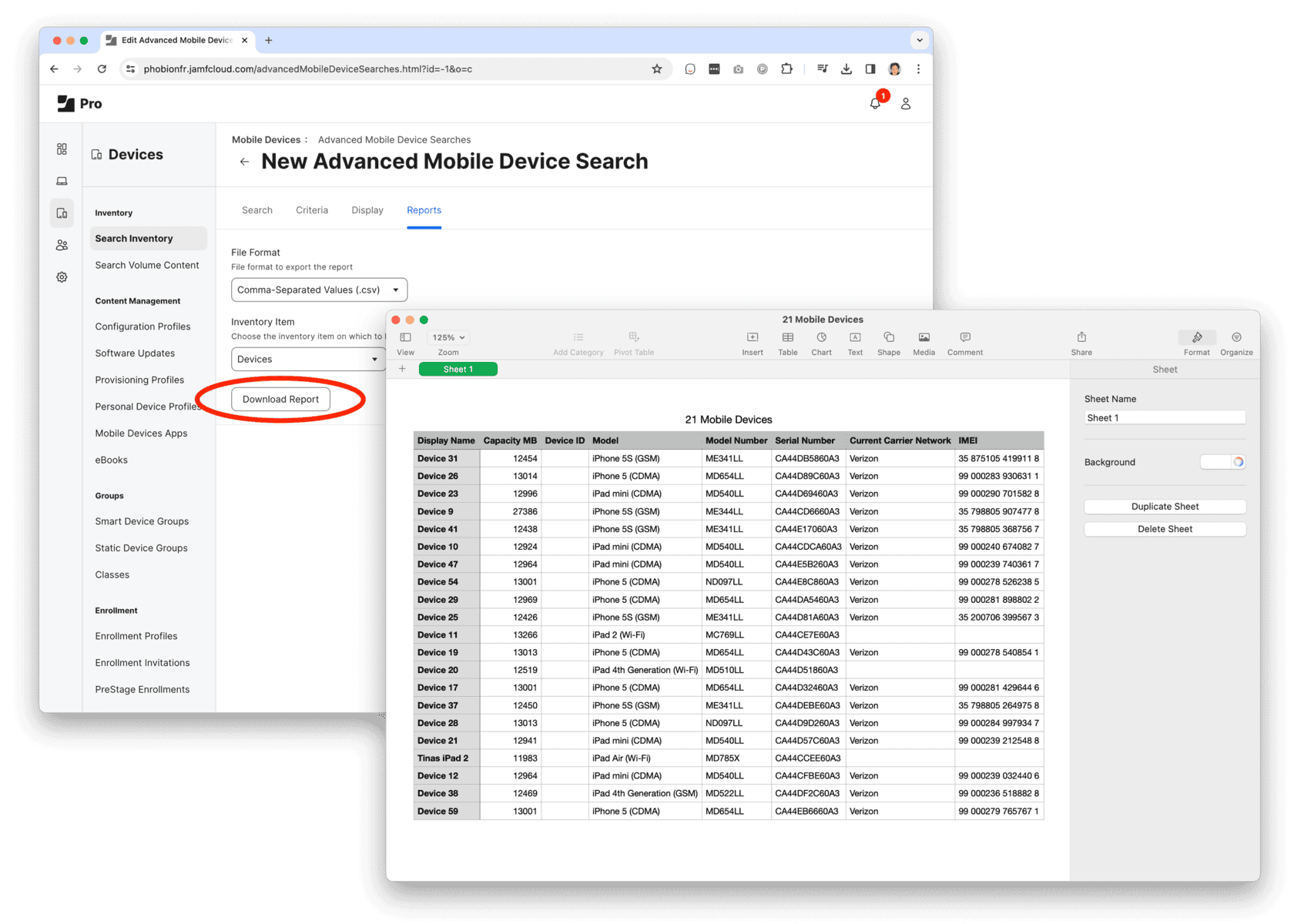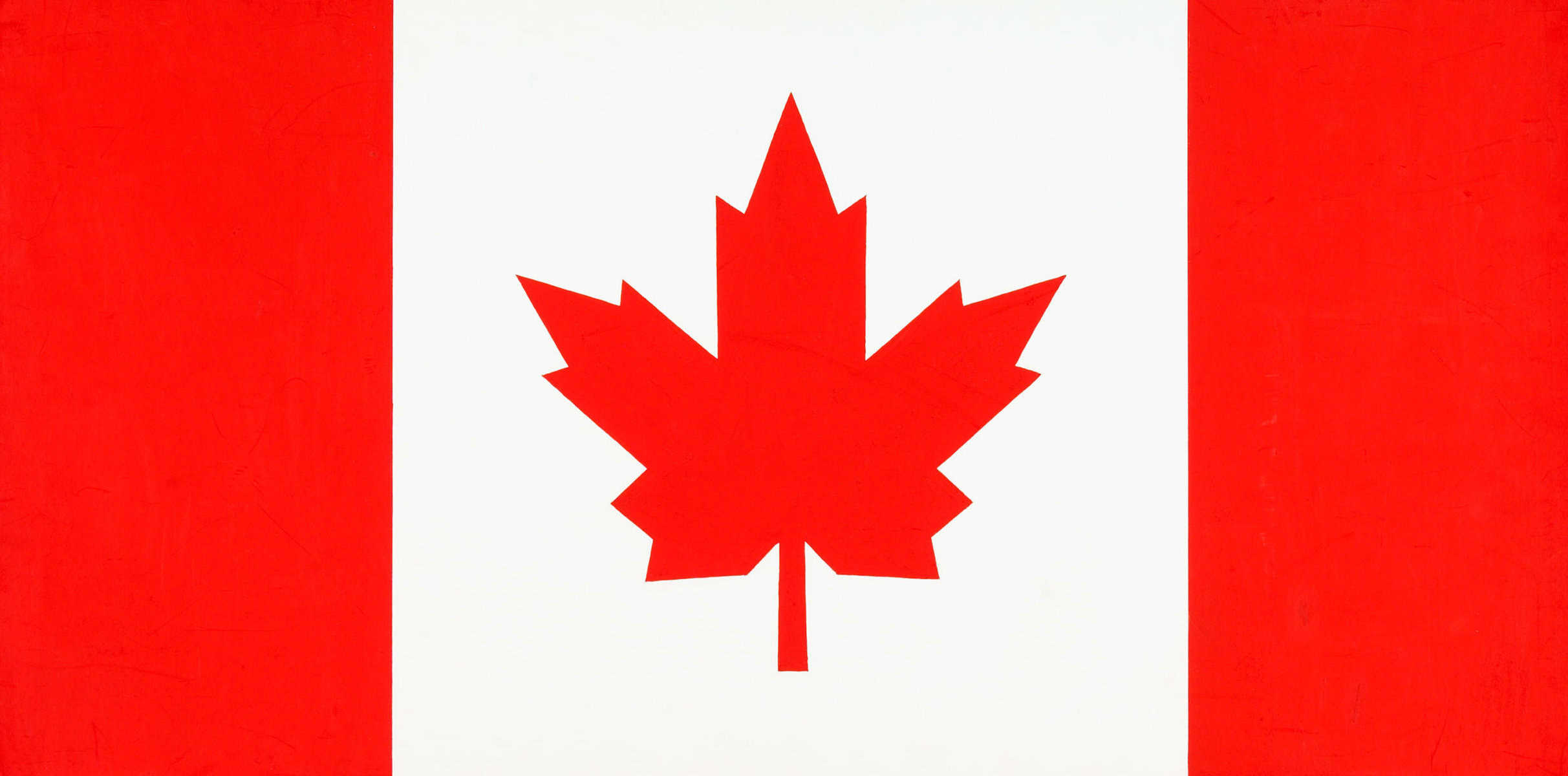By Denny Juge, Phobio co-Founder & CSO
Our smart devices are designed to be powerful and compact, not to be repaired. They are built not to last but to be replaced.
Add in the addictive nature of our relationship with them, and you have a consumer environment rife with tension: a desire for the new versus resistance to letting go of the old.
For marketers, trade-in programs are not just sales tools. They are behavioral puzzles.
At its core, marketing is about influencing behavior either by reinforcing existing beliefs or reshaping them. When it comes to trade-ins, that means confronting a deep set of psychological biases and habits that prevent people from taking action even when the logical benefits are clear.
We don’t just need to overcome resistance.
We need to tell a better story.
A story not of loss, but of transformation.
Because trade-in isn’t really about disposing of the past. It’s about elevating it into something new and more valuable. Whether it’s getting cash, unlocking an upgrade, or donating to a good cause, the right trade-in experience reframes what “used” means: not obsolete, but reborn.
Framing Opportunities for Consumer Sentiments
When confronted with the opportunity to trade-in an old device, there are some common reactions and instincts that kick-in.
Loss Aversion Blocker: “It’s not worth giving up.”
People overvalue what they already own – especially items tied to identity or memory. That cracked phone may be three generations old, but it’s still their phone. Don’t frame it as parting with a possession. Frame it as evolving it. This positions trade-in as a gain, not a loss.
“Give your device a second life. Get something better in return.”
Hoarding Instinct Blocker: “I might need it someday.”
Consumers often default to inaction, clinging to the illusion of future utility. Make the new story more compelling than the hypothetical future.
“Don’t let it sit in a drawer. Turn it into a gift card, an upgrade or a donation today.”
Tap into action-oriented identity.
“You’re the kind of person who gets things done responsibly.”
Altruism Incentive: “I’d rather donate than profit.”
This instinct is powerful, especially when made real and easy – especially when the secondary market value of the device is negligible. It is akin to “rounding up” a purchase for charity. Shift the story from “just recycling” to making an impact. Offer emotional closure and visible outcomes.
“Your old tablet can help a student thrive. Trade it in, and we’ll make it matter.”
Incentive Blindness: “It’s not worth the hassle.”
Even with rewards, people often undervalue trade-ins if the benefit isn’t immediate or clear. Reinforce the conversion story. Make it feel instant, even when it isn’t. Visual countdowns, real-time quotes, and fast turnaround timelines all help convey this message.
“Old phone = $200 off your upgrade. That’s real value, right now.”
Designing a Story of Transformation
What unites all these challenges is the need for a narrative of change.
Trade-in shouldn’t feel like throwing something away. It should feel like activating its next chapter. And if done right, it transforms not just the device, but the consumer’s sense of agency.
To do this well, UX designers and marketers must:
- Use emotionally intelligent UX: Empathize with the hesitation. Create simple, warm flows that reduce mental effort and invite action.
- Provide ritual closure: Confirmation screens and emails should reflect the change. “Your phone is on its way to a new life and so is your $150 credit.”
- Visualize the transformation: Before/after imagery, impact stats, and real customer stories help ground the abstract in something tangible.
Marketing Strategy by Trade-In Channel
The most common trade-in scenarios listed below each have their own set of psychological triggers and sales process frictions, but also opportunities for reframing.
Retail In-Store Trade-In (during a new purchase)
- Desired Behavioral Focus: Impulse, Convenience
- Channel Frictions
- Handing over your unlocked device to a stranger
- Wait time as the old device is wiped of data
- Wait time as data is transferred to the new device
- Touchpoints & Opportunities: An in-person experience with a Sales Rep, and their trade-in value is immediately redeemed.
- Transformation Story: “Leave with more than you came in with.” The Sales Rep can pre-empt buyer’s remorse during friction-points by reinforcing the advantages of the new device model over the traded-in model.
Online Trade-In with a Retailer (store credit or upgrade-based)
- Desired Behavioral Focus: Loyalty, Momentum
- Channel Frictions
- Delay from the time of creating the trade online and shipping it in.
- Requires consumer to unlock, erase, pack and ship their own device.
- Potential adjustment to trade-in value once their device has been inspected.
- Touchpoints & Opportunities
- Trade-in user experience design, prompts, messaging and confirmation views.
- Confirmations and reminders via email, text, etc.
- Collateral for device preparation and packing
- Prepaid shipping label and/or packing list
- Transformation Story: “Your next upgrade starts with what you already own.” Leverage messaging opportunities in reminder emails and print collateral to reinforce the benefits/excitement of the new device they have purchased and the ecological/sustainability contribution of their trade-in.
Online Trade-In for Cash (via third-party vendors)
- Desired Behavioral Focus: Autonomy, Speed
- Channel Frictions Same as above.
- Touchpoints & Opportunities Same as above.
- Transformation Story: “Trade clutter for cash—fast, easy, done.” Leverage messaging opportunities in reminder emails and print collateral to reinforce:
- speed of the program and payment options
- the trade-in value coming their way
- the ecological/sustainability contribution of their trade-in
Trade-In as Donation (for nonprofits or schools)
- Desired Behavioral Focus: Identity, Altruism
- Channel Frictions Same as above.
- Touchpoints & Opportunities Same as above.
- Transformation Story: “Turn old tech into good.” Leverage messaging opportunities in reminder emails and print collateral to reinforce:
- the charitable benefit of their donation value (i.e. If the donation value is appx $150, then tout the respective measurable community benefit of a $150 donation to that charity.)
- the ecological/sustainability contribution of their trade-in
A Big Fat Beautiful Idea: Trade-In as Identity Marketing
When you stop treating trade-ins as transactional and start treating them as transformational, customers no longer see it as parting with something, but as doing something meaningful. You turn the trade-in of old tech into an opportunity for consumers to affirm that they are the kind of people who value sustainability, act with intention, and remove clutter for clarity and purpose.
Effective trade-in marketing changes consumer behavior by telling a better story.
A story where the old isn’t wasted – it’s transformed.
A story where the customer isn’t losing – they’re creating change.
A story where he customer is unleashing more value into the world.
All that being said, marketing for mobile and internet payment plans are a completely different story.








